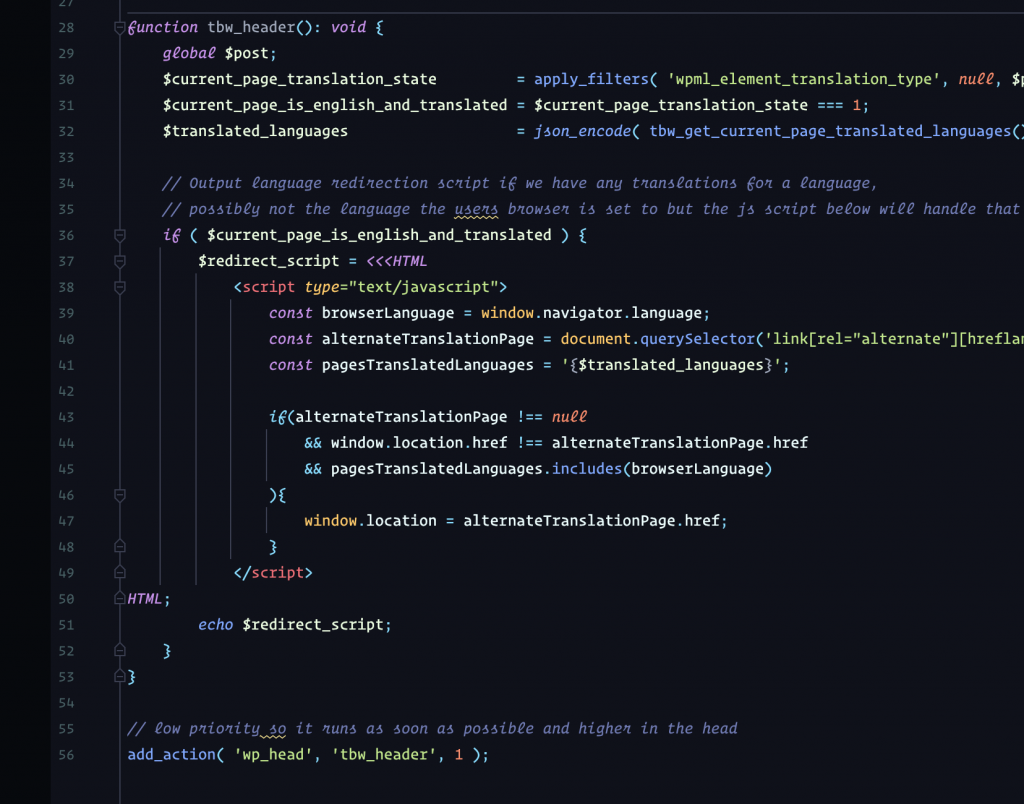The Real Reason Amazon Just Called Everyone Back to the Office
"With its recent demand that employees come back to the office (BTO), Amazon just tipped its hand and showed how bad the brewing real estate catastrophe is about to get — and it’s worse than you could imagine."
read full text »
